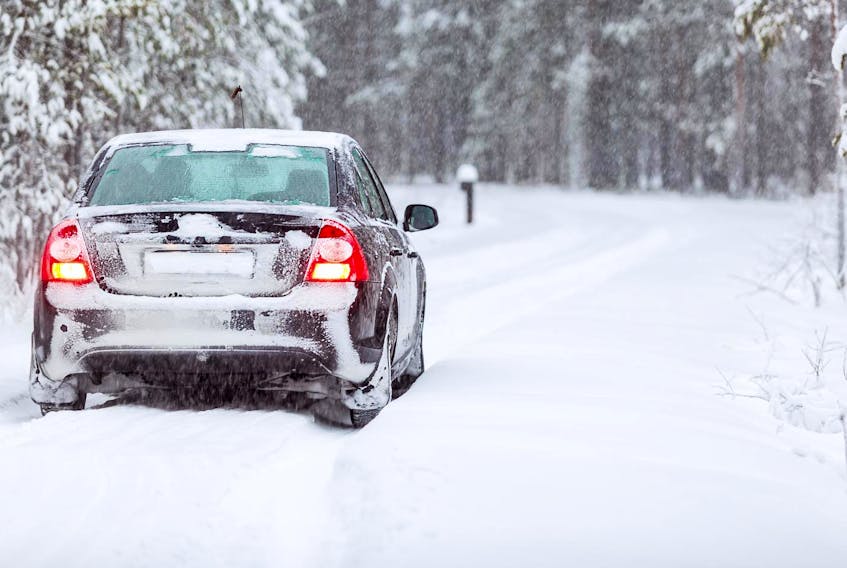You think getting out of bed on a cold winter morning is tough? Try looking at it from your vehicle’s perspective.
After sitting all night filled with fluids that get cold and thick as the temperature dropped, your owner expects an old-fashioned, lead-acid battery to move cold rotating parts in thick oil, while generating a spark at precisely the right moment to ignite a mixture of gas and air.
He or she will then expect a blast of nice warm air from the vents to warm the windshield and themselves.
Talk about high expectations.
If you are nice to your vehicle, it can do all of these things, reliably. The answer lies in preparation.
A little time and effort now will save you a lot of time, grief and money later.
Fluids
Start with those fluids.
Are you due for an oil change? Is the coolant up to spec?
Has it been checked and/or flushed and changed according to the schedule set out by the manufacturer?
The liquid in your cooling system is a mixture of fluids and additives designed to not only resist freezing in the winter, but act as a lubricant for a number of components year-round, as it circulates through the system.
To ensure it retains all of these critical properties, it should be changed and the system flushed out every few years.
The hoses that carry the coolant to/from the engine, the belts that operate various pumps and the caps that keep the fluids in place, should also be checked thoroughly.
This is also a good time to check the windshield washer container to ensure it is full of a proper mixture to avoid freezing.
If most of what is in that container is water it will freeze as the temperature drops, and likely “blow” a hose or fitting.
While you are at it, check out the washer nozzles to make sure they haven’t become blocked by wax or something else.
Wipers
How about your wipers? Have they been changed since they scraped across that frost and ice last winter?
How about a new set of proper winter blades designed to withstand the rigours and low temperatures of the coming season?
And while we are on the topic of rubber — take a moment and a clean cloth soaked in a silicone-like fluid to wipe off all the seals around the doors; that will help them to prevent moisture from accumulating and avoid doors being frozen shut and give you the chance to see if any have been damaged.
Battery
The most common problem for motorists in winter is battery failure. The electric current generated by batteries is the result of a chemical reaction and as the temperature drops so does the speed of this reaction.
A warm battery can more readily produce the current necessary to meet demand.
To save weight, and cost, the batteries in today’s vehicles are smaller than they used to be.
Combine this with extreme heat under the hood, and the continual demand from so many more electric devices, and batteries start to fail after three or four years.
Tires
The ability of your vehicle to steer, stop and go is entirely dependent on the tires. Don’t wait until that first snowfall or depend on old tires — have a set of modern winter tires installed in advance.
That also provides an opportunity to have a technician check the brakes to make sure they are in good shape and working as designed.
While under the vehicle they can also check for any exhaust leaks that could allow carbon monoxide to enter the interior.









